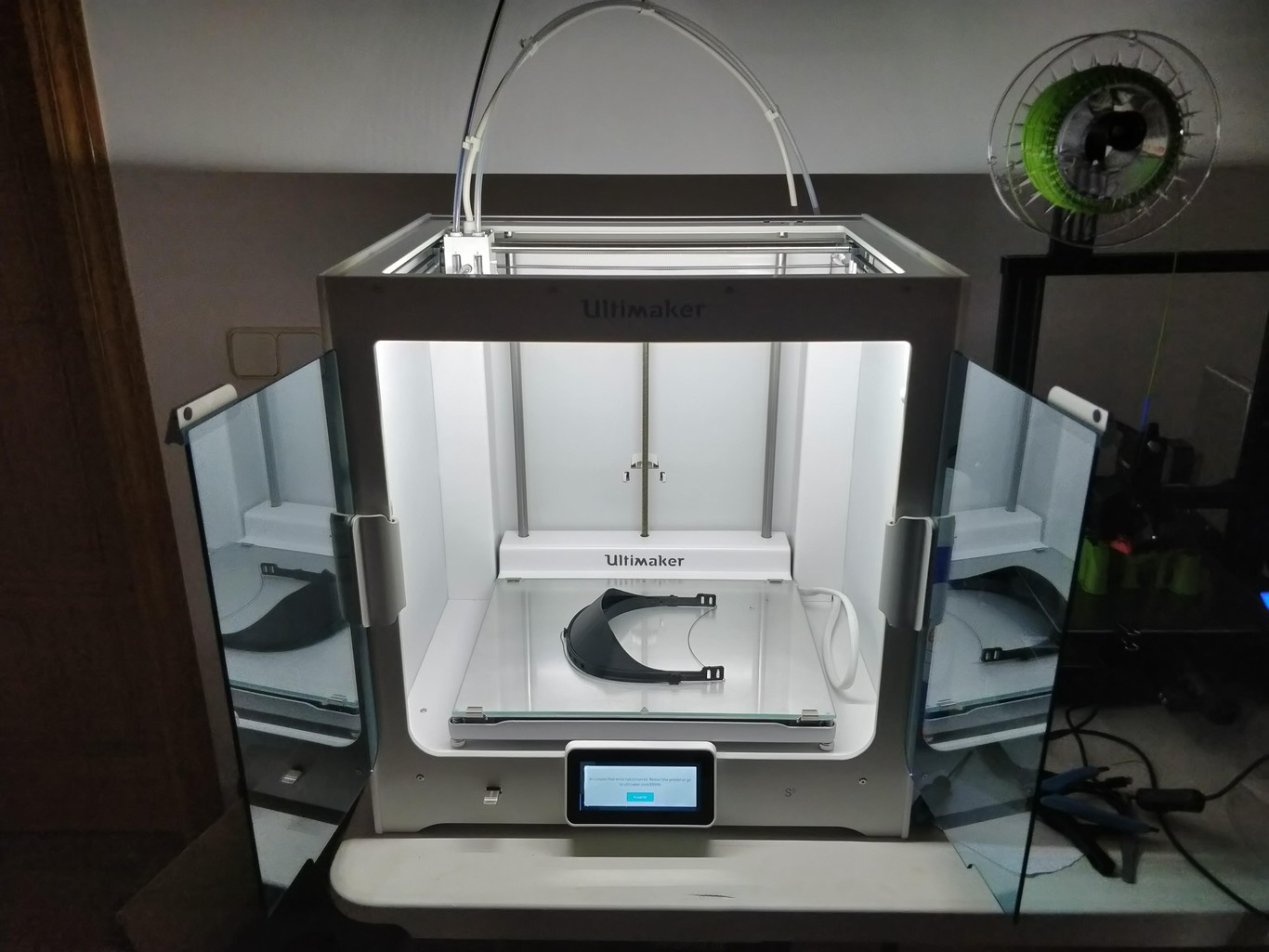The global 3D printing materials market size is predicted to reach USD 3.78 billion by 2026, exhibiting a CAGR of 12.1% during the forecast period. The increasing application of 3D printing in various end-user industries such as aerospace, automotive, military, and healthcare will have a positive impact on the 3D printing materials industry revenue during the forecast period. Moreover, one of the major market trends for 3D printing materials includes the increasing knowledge of 3D printing as a faster manufacturing process than conventional manufacturing processes such as injection moulding and subtractive production.
As per the published report by Fortune Business Insights, titled “3D Printing Materials Market Size, Share & Industry Analysis, By Type (Plastics, Metals, Ceramics, and Others), By End-Users (Automotive, Aerospace & Defense, Industrial, Medical, and Others), and Regional Forecast, 2019-2026” the market size stood at USD 1.53 billion in 2018. The 3D printing materials market report focuses and elaborates on the definition, types, applications, and major players in detail. Deep analysis of this market outlook, competition pattern, enterprise, advantages and disadvantages of enterprise Products, industry development trends, regional industrial layout characteristics, and macroeconomic policies, industrial policy has also been studied and provided within the synopsis.
COVID-19 Impact Analysis:
The emergence of COVID-19 has brought the world to a standstill. We understand that this health crisis has brought an unprecedented impact on businesses across industries. However, this too shall pass. Rising support from governments and several companies can help in the fight against this highly contagious disease. Some industries are struggling and some are thriving. Overall, almost every sector is anticipated to be impacted by the pandemic.
We are making continuous efforts to help your business sustain and grow during COVID-19 pandemics. Based on our experience and expertise, we will offer you an impact analysis of coronavirus outbreak across industries to help you prepare for the future.
From raw materials to downstream buyers of this industry has been analysed scientifically, the feature of product circulation and sales channel is presented as well. This report is aimed at helping companies, investors and potential shareholders along with venture capitalists establish a bird’s eye view prospect of industrial development and characteristics of the market. The report also benefits its readers by providing the unrivalled data in a well-organized manner.
Market Driver:
Growing Adoption of 3D Printing Technology to Spur Opportunities
The rising shift from conventional printing to 3D printing technology will bolster the healthy growth of the market in the foreseeable future. 3D printing offers properties including, reduced waste, complexity in designs, cost-effectiveness, and improved design modification. Moreover, increasing awareness regarding the proven benefits of 3D printing has attracted manufacturers from various sectors.
Food, footwear, music, jewellery, and medical sectors are implementing the technology for the manufacturing and development of new products at a lower cost. This, factor uplift the 3D printing materials market share in the forthcoming years. In addition, the growing utilization of 3D printed parts in aerospace, automotive, and military applications will enable speedy growth of the market during the forecast period. Nonetheless, 3D printing enables designers to create complex parts at low cost along with production feasibility. For instance, components created from titanium in the aerospace industry are usually 3D printed as it offers high dimensional accuracy and great mechanical properties.


